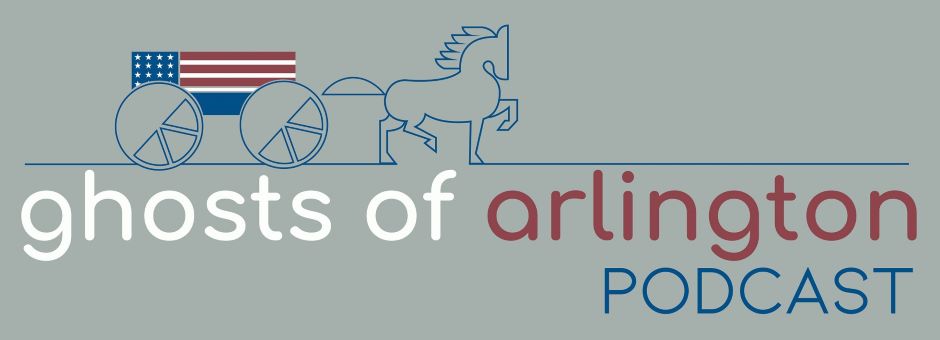Seaman First Class James Richard Ward refused to leave his post after the USS Oklahoma began to capsize after being struck during the Japanese attack on Pearl Harbor. He did not survive the day but his actions saved the lives of several of his fellow sailors.
Ward's remains and those of most of the 428 others who died when the
Oklahoma capsized were not recovered until May 1944 when the battleship was righted.
Most of those remains were comingled and, at the time, unidentifiable, and as such were interred in joint graves at the National Memorial Cemetery of the Pacific when that site was opened.
The National Memorial Cemetery of the Pacific includes the Honolulu Memorial, which includes Columbia standing on the bow of a naval ship.
On either side of the stairs leading up to the memorial are the Courts of the Missing
The names of all those missing in action, including James Ward, are inscribed on the walls of the Courts of the Missing.
In 2021, the Defense POW/MIA Accounting Agency (DPAA - formerly the Joint POW/MIA Accounting Command [JPAC]) announced that its Central Identification Laboratory in Hawaii had positively identified Ward's remains.
On December 21, 2023, Ward was interred at Arlington after his next of kin, a nephew, who never met his uncle, but who grew up hearing about him from his grand parents and his mother, decided that the "hallowed grounds" of Arlington was the perfect place to inter his hero uncle. Also was in attendance was the highest ranking officer in the Navy, the Chief of Naval Operations, and her senior enlisted advisor, the ranking chief petty officer in the Navy.
His headstone has yet to be erected, but Seaman First Class James Richard Ward is interred in Section 81, Grade 1560.





























